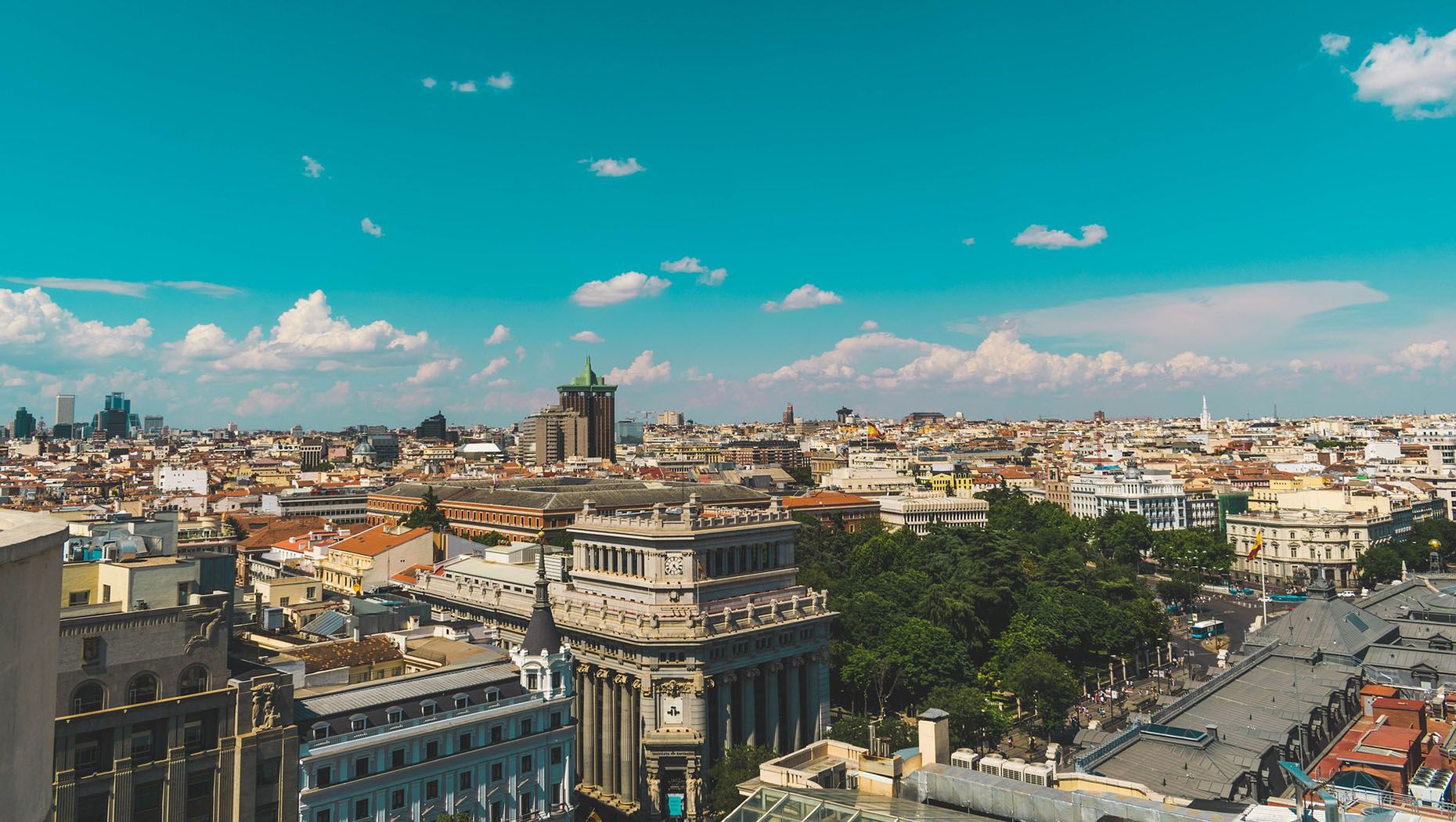Blue skies, beautiful architecture, great food and a diverse culture: Madrid has it all. And on top of that, every neighborhood has its own distinct personality and unique offerings. If you’re wondering where to hang out in Madrid, here is our guide to the best neighborhoods in the city.
Sol
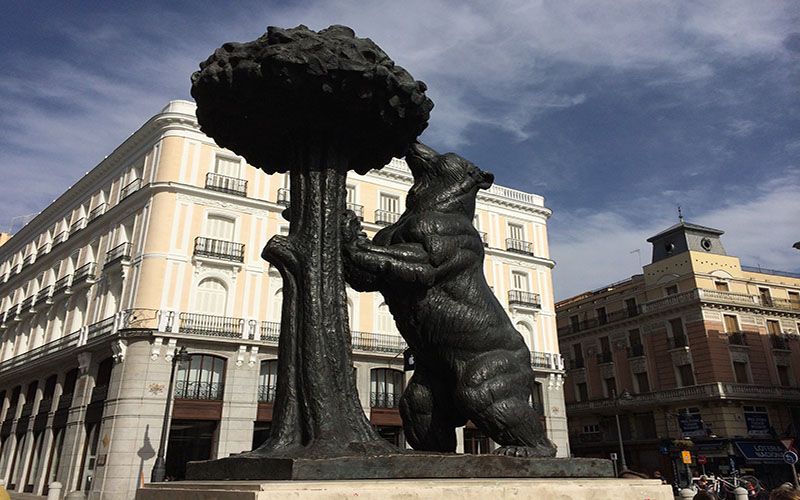
Sol is the geographical center of Madrid, indeed of Spain, as it is the km 0 of all roads and building numbers in Madrid and extending to the rest of the country. It’s also the heart of the city in terms of the action and a good starting point for any newcomer as you can pretty much find anything you want in the area, from high street shopping to tourist attractions, restaurants and bars. It’s characterized by the famous bear statue (El Oso y el Madroño) and is within walking distance of many of the other main tourist attractions, including Plaza Mayor and the famous must-do food market Mercado San Miguel, as well as a network of convenient transport links.
Chueca
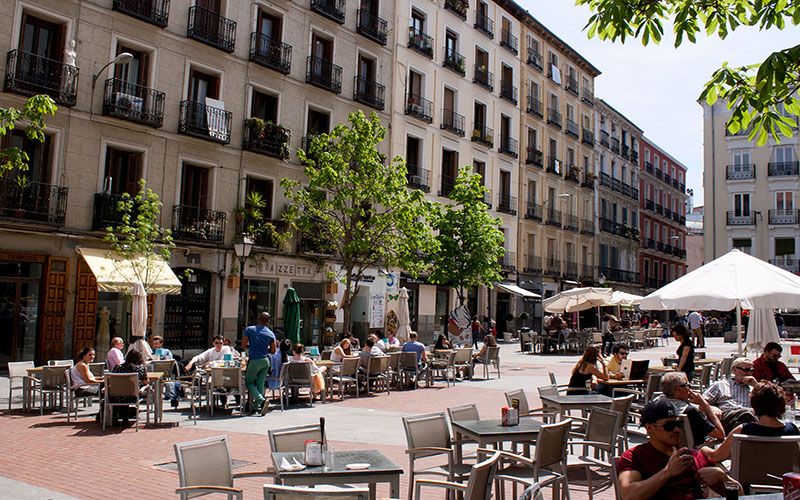
There’s never a dull moment in Chueca. Situated in the center of the city, just a hop, skip and a jump from the city’s main thoroughfare Gran Via and south of Sol, it’s one of the liveliest and most diverse neighborhoods in the city, with a friendly, community spirit about it. It’s abuzz from morning to night, with trendy bars, restaurants and boutiques. You can shop for a new pair of kicks on the famous Agusto Figueroa street that’s lined with hip shoe shops, stop for some gourmet tapas at the San Anton Food Market, one of the best food markets in the city, and then pick a table in the main plaza and sip on a fruity glass of sangria. It’s also a popular hangout for the LGBT community.
Malasaña
Just east of Chueca is Malasaña, another lively barrio and the number one spot for night owls, with bars aplenty serving generous pours of the alcohol of your choice and blasting out loud music until the wee hours. The nightlife here is less pretentious than in other parts of Madrid, so it’s the place to be if you’re looking for a fun night out. The neighborhood also has an alternative artsy vibe, having been at the heart of the historical Movida Madrileña movement in Madrid during the 70s and 80s, a counter cultural movement that celebrated freedom of expression, among other things. Remnants of graffiti from that era can still be seen along the quaint narrow alleyways. It’s also good for vintage shopping and trendy cafes.
Barrio de las Letras
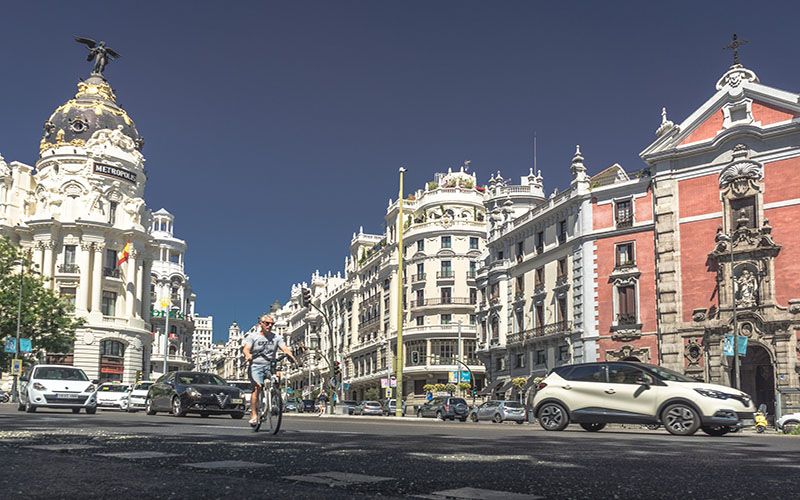
This central barrio, a.k.a. Huertas, while also home to some great bars and restaurants, is one of the most cultural parts of the city. Once the stomping ground for many of Spain’s most famous literary figures, it still upholds its status as the barrio de las letras (literally translated as the ‘literary neighborhood’). You can visit the house where Cervantes died, meander down quiet cobbled streets, and admire the impressive monuments and art.
La Latina
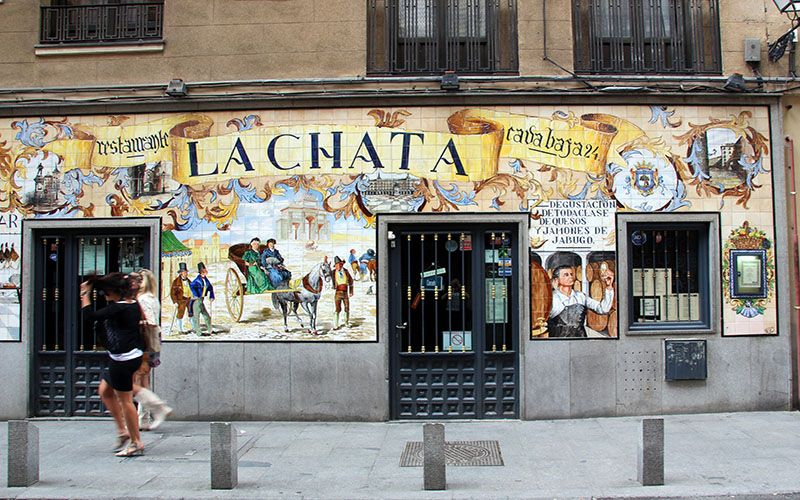
Considered one of the most castizo (authentic) and oldest parts in the city, La Latina is famous for its charming narrow streets and historical buildings. Situated southwest of the city center, this corner of the city attracts hoards of people on a Sunday to the famous El Rastro flea market. It’s also a great spot for a tapas and bar hop, particularly along the famous La Cava Baja street that’s lined with tiny, atmospheric taverns serving cañas, vino and tapas, popular with both Madrileños and tourists alike.
Lavapies
Just one subway stop away from Sol, the multicultural Lavapies is currently one of Madrid’s edgiest, most hipster neighborhoods. It offers a great alternative music and food scene and is the place to go to get your flaming spice fix (with a whole street of Indian restaurants to choose from).
Atocha
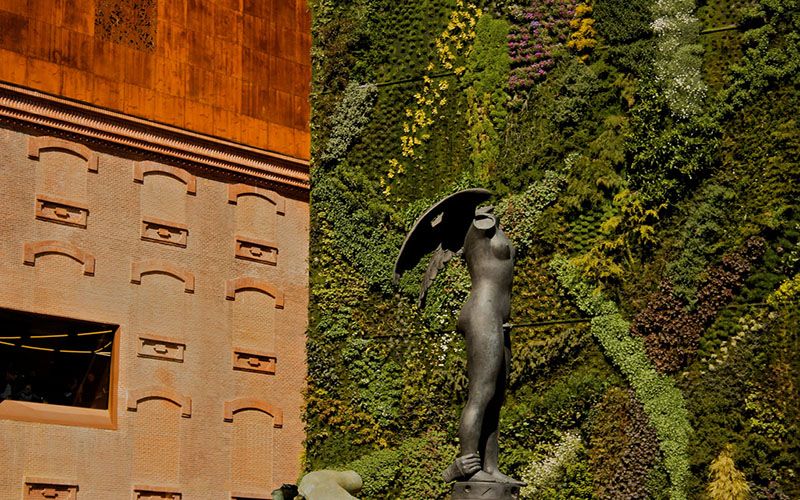
This smart, historical neighborhood is home to some of the best museums in Madrid, including the Reina Sofia and the CaixaForum, as well as the largest, most impressive railway station and the biggest nightclub in the city. Clubbing enthusiasts will delight in Kapital, a seven-floor nightclub with a rooftop terrace looking out over the city. Just dress for the occasion as the club operates a smart dress code policy.
Moncloa & Argüelles
Situated close to Madrid’s main university La Complutense, both Moncloa and Argüelles have thriving student populations and are affordable areas to live in. Catering to the younger crowd, there are numerous bars and shops down the main street Calle Princesa to keep you amused and the area is conveniently close to the more happening Malasaña and Chueca hoods, and only a 10 to 15 minute walk from Sol.
Salamanca
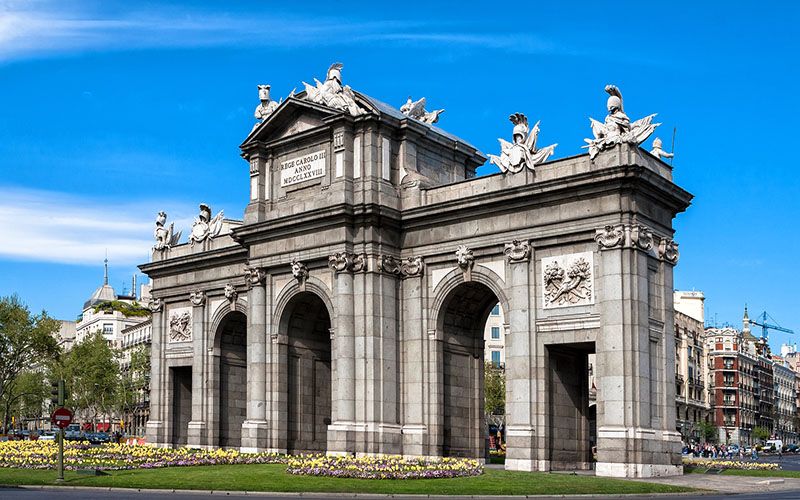
Located just north of Retiro Park and east of the busy Castellana Avenue, Salamanca is the most upscale, glitziest quarter of the city, where you’ll find luxury boutiques, fancy restaurants, bars and hotels aplenty. It’s probably not the best place to look for an apartment if you’re on a student budget but it’s an aspirational neighborhood to visit and wander the well manicured streets, treating yourself to a cocktail or slap-up meal, while marveling how the other half lives.
Got any more advice or comments about Madrid’s neighborhoods? Share them with our readers in the comments below.
Originally published on Ailola by Sophie Lloyd on November 3, 2017.
